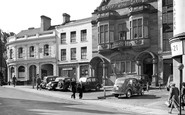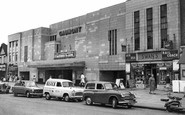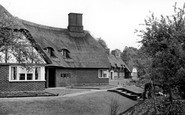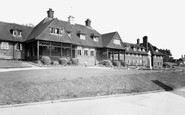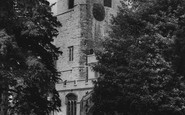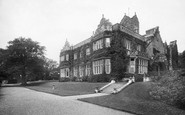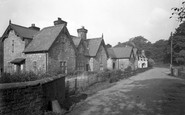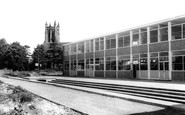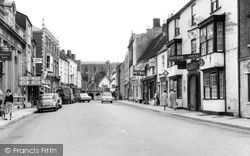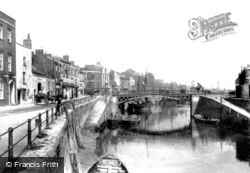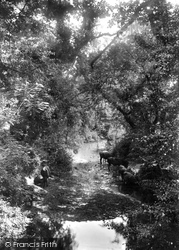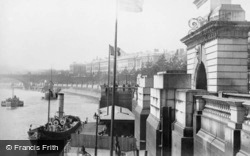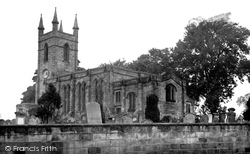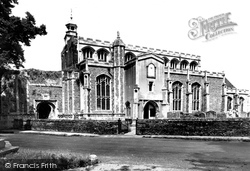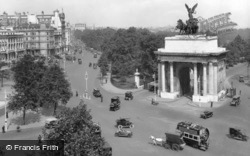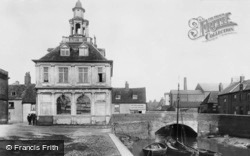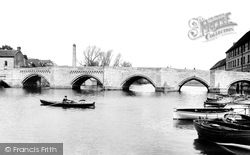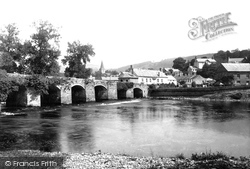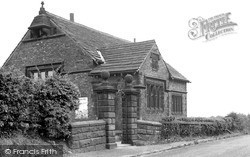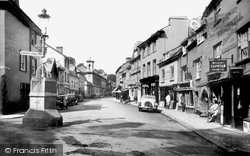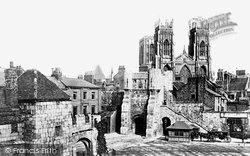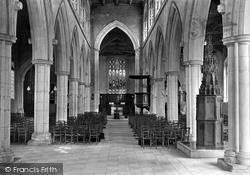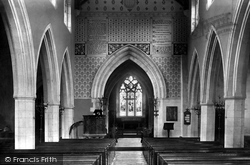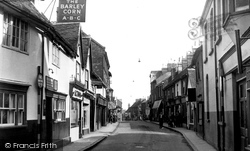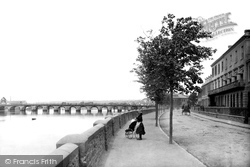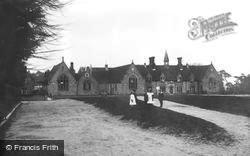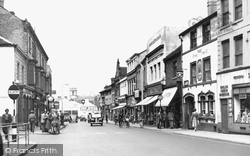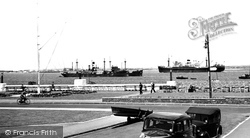Places
Sorry, no places were found that related to your search.
Photos
5 photos found. Showing results 321 to 5.
Maps
83 maps found.
Books
Sorry, no books were found that related to your search.
Memories
1,127 memories found. Showing results 161 to 170.
Conservative Club On Market Hill
My father was a member of the Conservative Club pictured here, and I fondly remember going down to the club to have a bag of crisps and an orange juice while waiting for him to finish meetings inside. I used to sit in ...Read more
A memory of Luton in 1964 by
My First Job
Hello, I used to go to this cinema on Saturdays, to the shop next door for my sweets with my friends, 'hay ho' good old days. Across the road there was a ladies clothes shop, this is the shop where I got my first job after leaving ...Read more
A memory of Kingsbury in 1963 by
Freefolk Priors
I have fond memories of Freefolk. I stayed at Freefolk Priors with my Aunt Babs and her three boys around about 1963. We would go down there for the duration of the school holidays and stay in her little house which overlooked the ...Read more
A memory of Freefolk in 1963 by
Summer Days
It was a happy childhood, I was born in Etwall in 1954 and our council house in Windmill Road is still our family home. Some of my fondest memories are the simple pleasures of life as a young lad in the 1950/60s. Always keen to get home ...Read more
A memory of Etwall in 1963 by
Memories
I was in hospital from January 1963 for 6 months to have my right leg stretched, it didn't totally work, but it was in 1966/1967 when I had to have several operations for the other leg. Although it was my first time away from home everyone ...Read more
A memory of Alton in 1963 by
St Mary's Church
Re: St Mary's wednesday morning church service at Dewhurst Secondary as it was known in those days, I remember Stan Mathews falling asleep on his knees as in prayer. My mother now lives in the alms house next to the church, so every ...Read more
A memory of Cheshunt in 1963 by
I Would Like To Make Contact With Any Old School Mates
Hello to all, I was at Warnham Court in 1963 to 1970 (or thereabouts) My dormitory was Wran. I would very much like to make contact with anyone who may just be able to remember me. ...Read more
A memory of Warnham Court School in 1963 by
My Sunday School Teacher
Mrs Ingman, my Sunday school teacher, lived in the first house at Mill Terrace. The houses were so small inside, maybe two rooms downstairs and two upstairs but they had so much character. Mrs Ingman seemed so old when I was ...Read more
A memory of Bersham in 1963 by
Shenstone Training College
Bromsgrove Teacher Training College's proper name was Shenstone Teacher Training College and was under the aegis of Birmingham University. Shenstone was originally situated on the old prisoner of war camp outside ...Read more
A memory of Bromsgrove in 1963 by
Childhood Memories By Deborah Taylor Nee Barraclough
As a child I spent all my summers in Pickmere at my nana's caravan on a camp site just across from the entrance to Pickmere Lake. My nana worked in the Happy Hour Club, and also in Happy Hour ...Read more
A memory of Pickmere in 1963 by
Captions
1,233 captions found. Showing results 385 to 408.
Also on the right is the arched coach entrance to the George Hotel.
The main port lay north of this point, since a medieval three- arched stone bridge blocked the further passage of tall craft upstream along the River Parrett; even in the early 20th century,
Bathpool is now very much a suburb of Taunton, with the spread of the Somerset town on one side and the M5 motorway on the other.
Bazalgette also designed the Temple Pier and its arch of 1868.
Though St Mary's contains a Norman chancel arch, much of the building dates from John Dobson's restoration of 1828-29.
The western tower was started later in 1525 with a stone base and, as at nearby Dedham, a vaulted ground floor with processional arches in the north and south sides.
The arch of this impressive monument was originally crowned by Wyatt’s colossal equestrian statue of the England’s military darling, the Iron Duke.
Spanning the narrow street of this hill-top village, which rests high on the chalk uplands overlooking the River Nar, is this monumental arch, ancient gateway to the castle, which lies ruinous close by
It began life as the Merchants' Exchange, with an open-arched arcade on the ground floor. This was blocked in 1718 when the building was converted for use as a Customs House.
The arch of this impressive monument was originally crowned by Wyatt's colossal equestrian statue of the England's military darling, the Iron Duke.
The stone, six-arched bridge was built in 1332, and was only superseded in 1975 when the new bypass flyover was built.
It is a curious fact that the side shown in the picture has thirteen arches, whilst the other side has one fewer.
Viewed from the west, the façade of the west front is dominated by the Great West Window and the Triple Arch Door.The west front of many cathedrals were intended to be showpieces.
Built in 1877 for a much smaller community, its facilities had failed to keep pace with its teaching standards.
The building on the right with the granite arch is now A R Church, an ironmonger's, but was once the Mermaid Inn and played host to the Parliamentarian General Fairfax during the Civil War.
The stone-arched building on the right was the postern tower built in 1497 on St Mary's Abbey walls; it is now an office for First York Buses.
A huge iron chandelier now hangs from the central arch.
Victoria Bridge, on the Severn Valley railway line from Bewdley to Bridgnorth, has a span of 200 feet; when it was built in 1862, it was considered the largest cast iron single arch bridge in the world
The stencil work and texts above and around the chancle arch, including the Ten Commandments, are now hidden by modern paintings of 1970 by John Ward showing scenes from the Holy Week and creating a more
In this photograph we head north-east out of Market Square along Cambridge Street, once known as Bakers Lane, a road that haas seen much change since the 1950s.
Its 16 arches vary in size, a fact that is traditionally attributed to the varying lengths of the timber used as scaffolding during its construction. It has been widened several times.
Later all the decorative work - finials, dormers, chimneys and belfry - was removed, leaving a much plainer facade, but the school survived until 1990, afterwards being adapted as Chequer
However, restoration work was carried out between 1854 and 1875, saving the Norman nave and chancel arch. The Norman-style font actually dates from 1856 and the reredos from 1910.
Moving into the Thames Estuary, the river passes Erith, a much rebuilt and rather forlorn remnant with its medieval church of St John the Baptist; the town is now joined by development inland to Bexley
Places (0)
Photos (5)
Memories (1127)
Books (0)
Maps (83)



